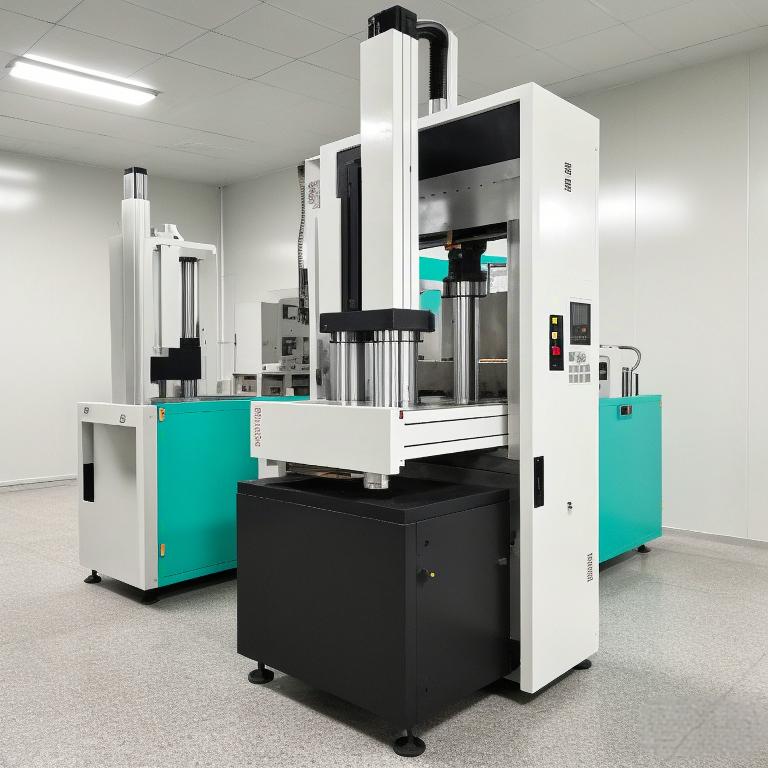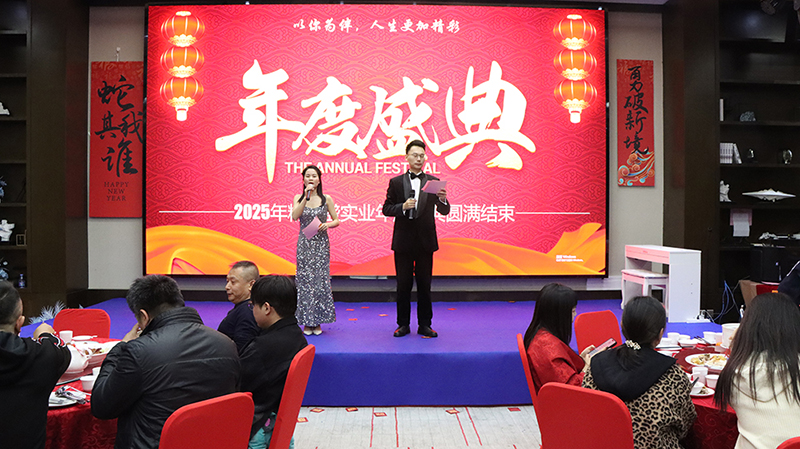目录
The silicone bento lunch box has become a popular choice among parents and professionals looking for an eco-friendly, reusable, and convenient solution for carrying meals. However, it’s essential to address some of the concerns that have been raised by users to ensure this product meets your specific needs.
![]()
![]()
Addressing Consumer Concerns with the Silicone Bento Lunch Box
1、Size and Usability Issues
Some customers have noted that the silicone bento lunch box can be too small for adults or even some toddlers. One customer mentioned, “I bought two of these, but returned them because they’re perfect for kids, but not good for adults. They’re like toddler-sized.” As a wholesaler, we understand the importance of catering to diverse clients. Our custom silicone lunch box options allow for tailored sizes and designs, ensuring the end-user experience is seamless.
![]()
![]()
2、Leak-Proof Claims Under Scrutiny
Another frequent complaint is about the leak-proof nature of the containers. A user shared, “I like the container for packing lunch but it’s not leakproof like it’s claimed. I’ve packed yogurt, apple sauce, and berries. Each of them significantly leaked into the other chamber.” As a lunch box manufacturer, we will add sealing rings to the lids of the lunch boxes and have a strict testing process to ensure that our products are indeed leak-proof and give our customers peace of mind.
![]()
![]()
3、Odor Retention and Cleaning Difficulties
Odor retention and cleaning difficulties have also been highlighted. For example, one review stated, “Spoiled Food smell easily stuck into silicone. I forgot to wash it after a week. No amount of cleaning can fix it. Had to toss.” Our approach to alleviating these issues is to use high-grade, food-grade silicone material that is less likely to retain odors and easier to clean. Our silicone lunch boxes undergo a rigorous secondary vulcanization process during the production process. In addition, we provide detailed care instructions to help maintain the life and hygiene of the lunch boxes. However, we still recommend that users clean these food containers promptly.
4、Solutions for Wholesalers and Manufacturers
Enhancing Customer Satisfaction Through Customization
As a leading silicone factory, we recognize the significance of customization in meeting the unique demands of different markets. By offering a custom silicone lunch box service, we empower wholesalers to provide their clients with a more personalized and satisfactory product. This includes adjusting the size, design, and functionality of the lunch boxes to better fit the intended use, whether for children or adults.
![]()
![]()
5、Quality Assurance and Material Integrity
To reassure our wholesale partners and their consumers, we adhere to strict quality control standards. We ensure that all of our silicone bento lunch boxes undergo the ‘pinch test’ and do not turn white, indicating the absence of fillers and the presence of pure, high-quality silicone. Furthermore, we’re committed to transparency regarding the composition and additives used in our products, addressing any concerns related to material integrity.
When deciding on the right silicone bento lunch box for your business or personal use, it’s crucial to consider the insights provided by actual users. By partnering with a reputable silicone factory, you can benefit from customizable, high-quality, and safe products that meet the diverse needs of your market. Whether you’re a wholesaler seeking to expand your product line or a consumer looking for a reliable meal solution, informed choices lead to greater satisfaction and success.



